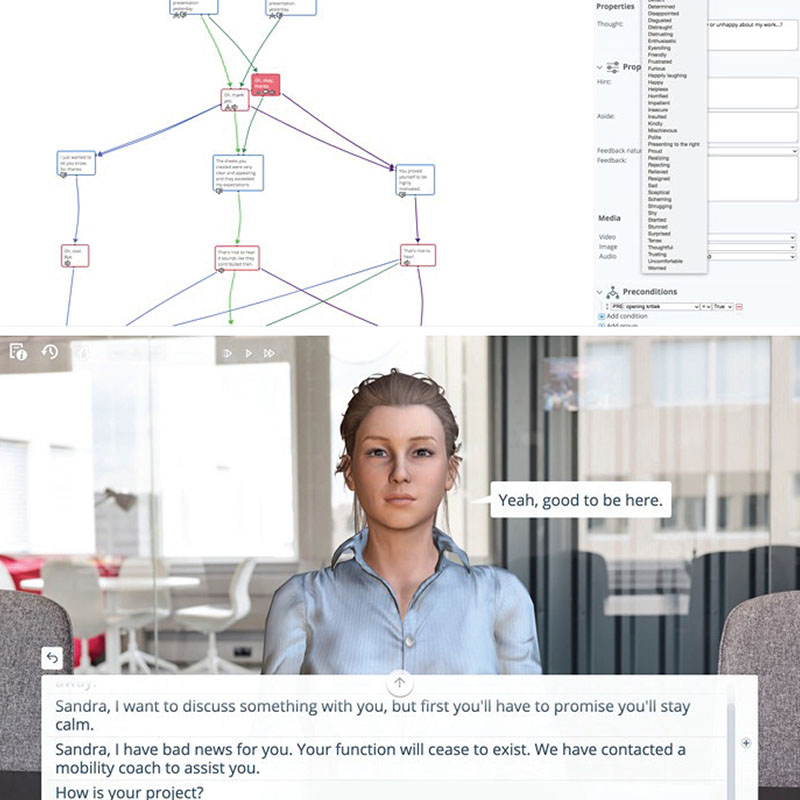Technology is advancing rapidly and, with it, so are educational simulations. In recent years there have been several advances in this field, which are revolutionizing the way we teach and learn in the classroom.
One of the most recent advances is the use of artificial intelligence in educational simulations. This allows simulations to automatically adapt to each student's level of ability and understanding, which helps to improve teaching efficiency.
One of the most surprising developments is the simulation exercise carried out at the University of Utrecht with the aim of helping in the teaching of dialogue skills, using a simulation developed by the same university to allow teachers to build scenarios for students to practice dialogues with a virtual character. Playing this simulation improved performance in subsequent exercises. At the same time, there was an increase in the students' commitment and motivation to learn a specific topic, compared to those who were not part of the activity, as well as a decrease in their self-efficacy to study the topic, which may indicate a recognized learning need. It also increased the score on a test of MC knowledge about this type of dialogue. This suggests that online dialogue simulations help to study (basic) dialogue skills by providing authentic and flexible learning experiences.

In addition, the use of virtual and augmented reality is gaining ground in educational simulations, allowing for more immersive and realistic experiences. This is especially useful in fields such as medicine, architecture and engineering, where students can experiment with situations and scenarios that would otherwise be difficult or impossible to reproduce in a traditional classroom.
For example, simulators in fields such as nursing are proving to be a novel way to develop knowledge and put theory into practice, which is why three Canadian nursing schools, the Canadian Association of Schools of Nursing (CASN) and the Canadian Alliance of Nurse Educators Using Simulation (CAN-Sim) partnered to develop three virtual public health nursing simulation games. Students worked through developing population health scenarios simulating public health nursing practice focused on entry-level public health nursing competencies. Each game encouraged clinical reasoning and collaborative community decision making to respond to population health issues during assessment, evidence-based health promotion planning, and evaluation processes.

A companion guide was developed to support best practices in virtual simulation implementation and promote optimal student learning using public health nursing games.
The results of this experience were published in the article "Developing simulation games to advance public health nursing competence in baccalaureate education" published on January 05, 2023 and were quite satisfactory, reaching all the proposed objectives.

Another new phenomenon is the creation of real-time business and economic simulators, which allow students to learn about decision making and risk management in a simulated environment, enabling them to be better prepared to face similar situations in their professional career.
In addition, more collaboration is occurring between schools and companies, giving students access to state-of-the-art simulators and tools used in the real world. This helps ensure that students are prepared for the demands of an increasingly competitive job market.
In conclusion, educational simulations are evolving rapidly thanks to the latest technological advances and collaboration with the working world. The use of artificial intelligence, virtual and augmented reality, real-time simulators and collaboration between schools and companies are improving the effectiveness of teaching and preparing students for the demands of the real world, demonstrating that there are still many more exercises that would be furthering education through the use of technology and in turn putting simulations a step ahead of the practical learning challenges of the future.



